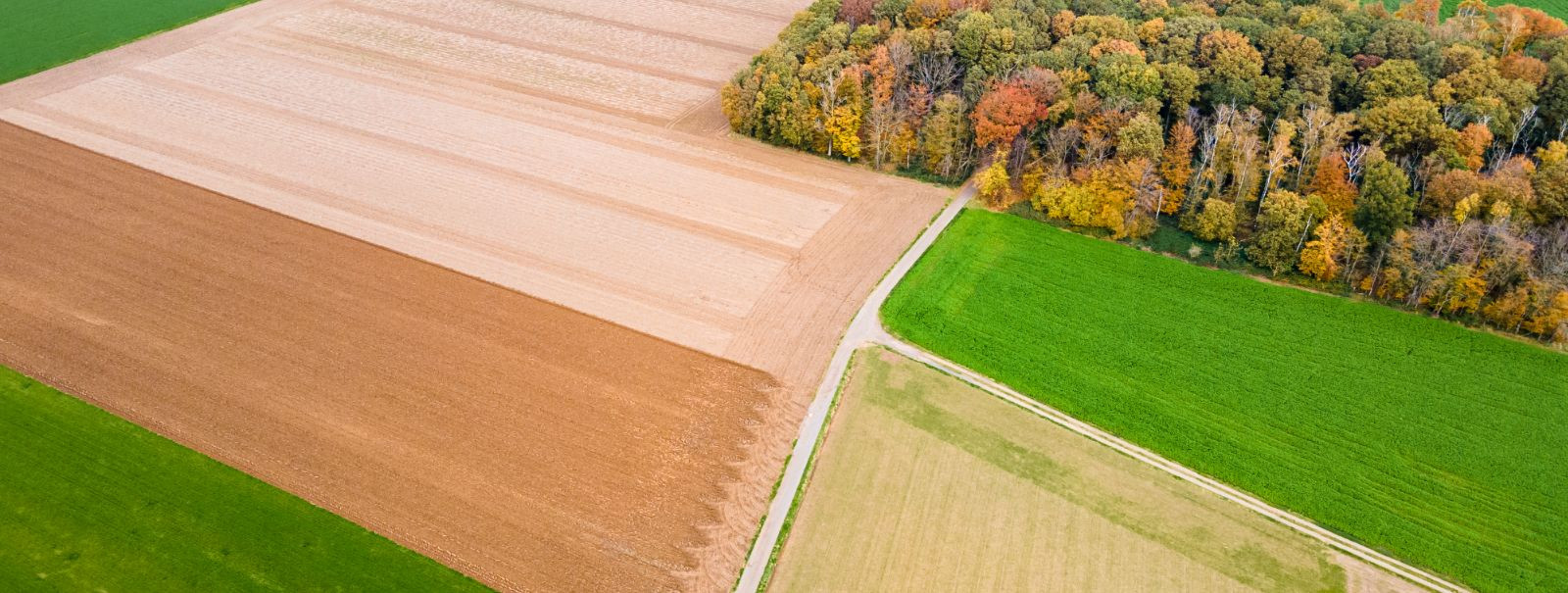How to evaluate the value of your woodland
Evaluating the value of your woodland is a crucial step for landowners, farmers, and investors who are interested in sustainable land management and investment opportunities. Understanding the worth of your woodland can help you make informed decisions about its management, sale, or conservation. This guide will walk you through the various components and methods of woodland valuation, ensuring you have the knowledge needed to assess your property's true value.
2. Understanding the Components of Woodland Value
Timber value is often the most significant component of woodland valuation. It depends on the type, age, and quality of the trees, as well as current market demand for timber products. Assessing timber value involves estimating the volume of harvestable timber and its market price.
The intrinsic value of the land itself is another critical factor. This includes the soil quality, topography, and potential for alternative land uses. Land value can vary significantly based on location and zoning regulations.
Woodlands provide essential ecosystem services such as carbon sequestration, water filtration, and biodiversity habitat. These services can add significant value, especially in markets that recognize and compensate for environmental benefits.
Woodlands offer recreational opportunities such as hiking, hunting, and birdwatching, which can enhance their value. Additionally, the aesthetic appeal of a woodland can increase its desirability and market value.
3. Factors Influencing Woodland Value
The location of your woodland and its accessibility to roads and markets can greatly influence its value. Proximity to urban areas or tourist attractions can increase demand and, consequently, value.
The type of woodland (e.g., coniferous, deciduous, mixed) and the age of the trees affect both timber value and ecological benefits. Mature woodlands with diverse species often have higher value.
Timber and land markets fluctuate based on economic conditions, demand for wood products, and environmental policies. Staying informed about market trends is essential for accurate valuation.
Legal restrictions, such as conservation easements or protected species habitats, can impact woodland value. Understanding these factors is crucial for accurate valuation and future planning.
4. Methods for Valuing Woodland
This method involves comparing your woodland to similar properties that have recently sold. It requires access to reliable sales data and an understanding of the local market.
The income approach estimates the present value of future income streams from timber sales, recreational leases, or ecosystem service payments. This method is useful for woodlands with established revenue-generating activities.
This approach calculates the cost of reproducing the woodland, considering factors like land preparation, planting, and maintenance. It is often used for newly established woodlands.
5. Steps to Conduct a Woodland Valuation
Collect all relevant data, including maps, timber inventories, and legal documents. Accurate and comprehensive data is essential for a reliable valuation.
Consider hiring a professional appraiser with experience in woodland valuation. They can provide an unbiased assessment and help navigate complex valuation methods.
Analyze the collected data using the chosen valuation methods. Consider all factors influencing value and consult with experts if needed to ensure a thorough evaluation.






Comments (0)